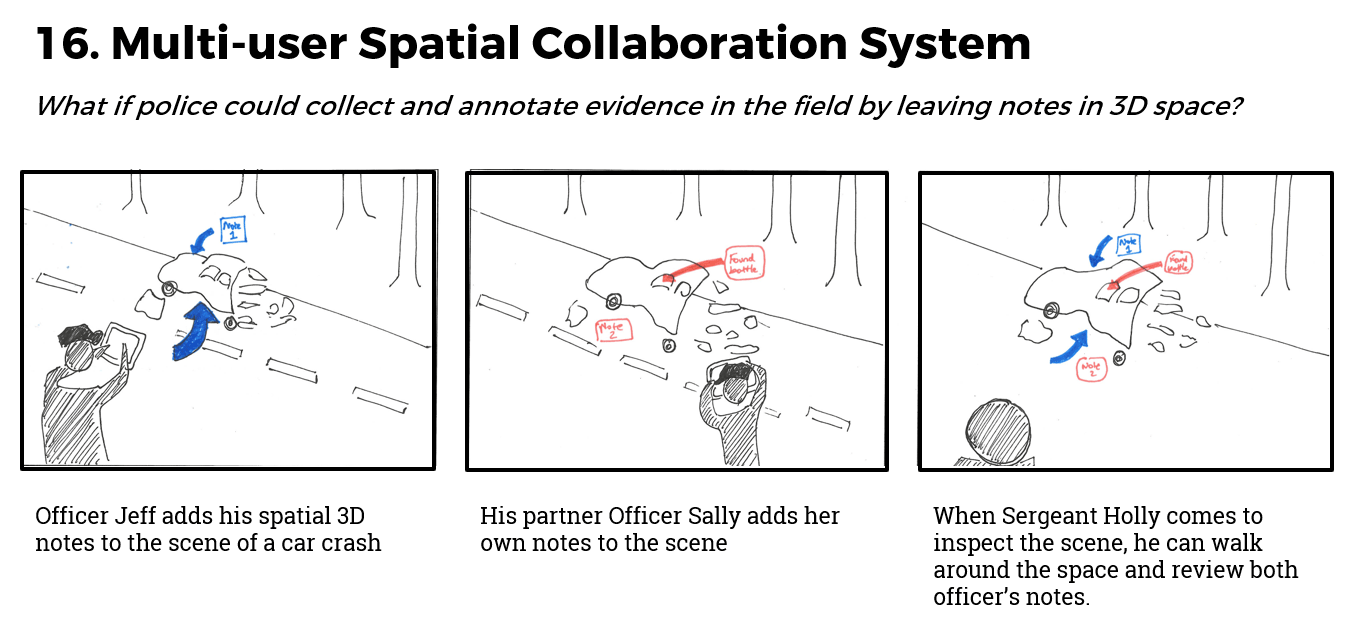The Problem
In most agencies around the US, police officers respond to many calls a day and an officer may only have a few minutes to gather information on incidents. Today officers primarily rely on their memory and pen and paper to collect information on the scene.
Unfortunately this can be an error riddled process. In some areas in the US, more than 70% of reports were missing important data and more than 30% of reports contained errors. (1, 2, 3)
Police departments tend to be behind on technology and smartphones are only now being given to cops. There is a large opportunity to create new tools to support their job.
“Sometimes I don’t even recognize my own writing.”

















